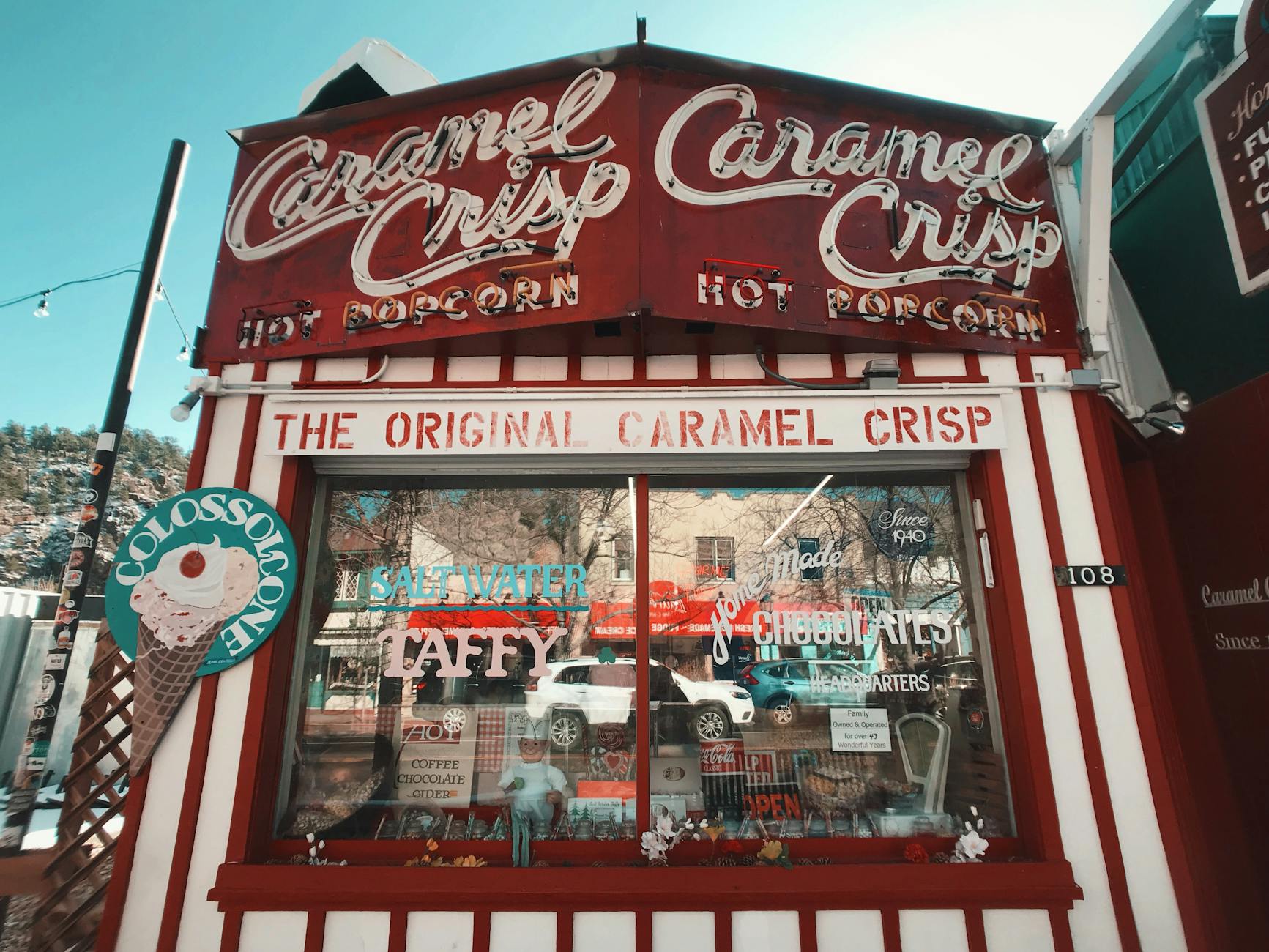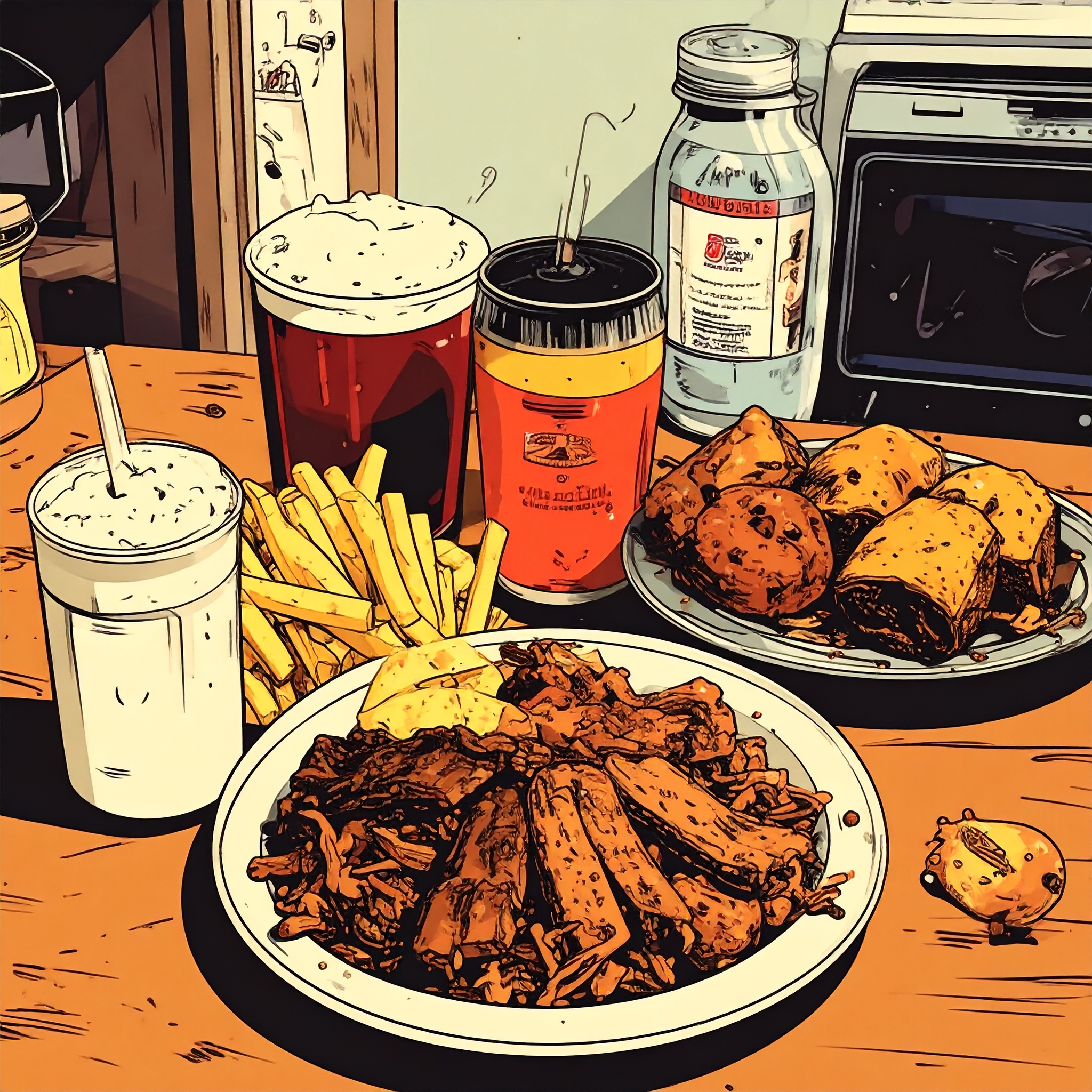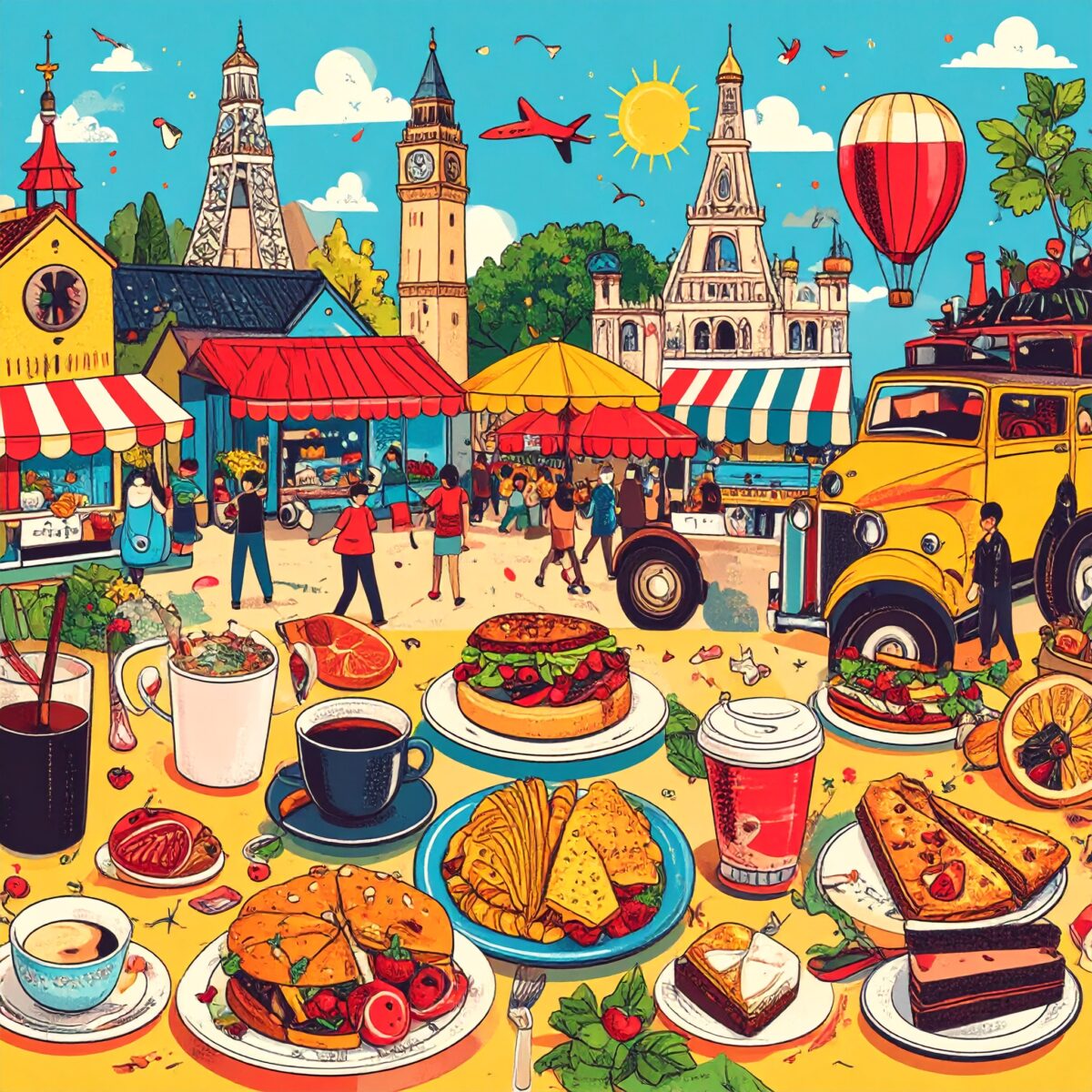Set in the eastern part of Hiroshima Prefecture, overlooking the serene Seto Inland Sea, the port town of Onomichi is home to a regional ramen that transcends the genre of local cuisine. Onomichi Ramen is defined by its clear soy-based broth, its distinctive topping of pork back fat, and a flavor that evokes a quiet, enduring nostalgia. It is a dish that, much like a poignant film, draws you in with its atmosphere, detail, and emotional depth.
A Flavor Interwoven with a Nostalgic Townscape
Onomichi is a city steeped in Showa-era charm—with stone-paved hills, historic temples, vintage shopping streets, and fishing boats gently swaying in the harbor. Its cinematic legacy was further solidified by filmmaker Nobuhiko Obayashi, who set many of his masterpieces here, earning Onomichi its nickname as a “city of cinema.”
In this nostalgic setting, Onomichi Ramen blends effortlessly into the visual landscape. Modest shopfronts reminiscent of old-style diners, broth that balances lightness with richness, and scenes of loyal patrons enjoying their everyday meal—all contribute to the impression that you’ve stepped into a frame from a timeless film. The ramen is not merely food; it becomes part of the town’s living scenery.
The Story Within the Soup
Onomichi ramen is more than a regional delicacy—it is a quiet narrative told through its broth. Crafted from a refined blend of chicken bones and dried sardines, the soy-based soup strikes a delicate balance: light on the palate, yet imbued with profound depth.
A sprinkling of finely chopped pork back fat graces the surface, lending a rich appearance that contrasts with its unexpectedly gentle flavor. This interplay—a visual promise of heaviness yielding to subtlety—unfolds like a cinematic twist, evoking the nuanced storytelling of a well-scripted drama.
The Poetic Space Between Noodles and Broth
The noodles of Onomichi ramen, flat and slightly tender, are crafted not for resistance but for harmony. Eschewing firmness in favor of familiarity, they are designed to integrate seamlessly with the broth—an intentional choice that values balance over assertion. Within this subtle space, a quiet poetry emerges, awakening nostalgia and imagination in those who partake.
For both discerning travelers and lifelong residents, Onomichi ramen is not a grand feast, but a treasured element of everyday life. Much like the films of Yasujirō Ozu or Yōji Yamada, it resonates not through spectacle but through its gentle, lingering presence—becoming a part of one’s emotional memory, quietly and irrevocably.
When Cuisine Becomes Memory
For travelers arriving in Onomichi, stepping beneath the noren curtain of a ramen shop is akin to entering a story. The casual exchanges with locals, the gentle waft of soy rising from the kitchen, the sound of broth being poured behind the counter—each sensory detail becomes a vivid tableau, transforming a simple meal into a moment deeply etched into the journey.
Onomichi ramen carries with it a quiet warmth that often evokes a sense of return. As one eats, memories of home and family naturally surface, stirred not by grandeur but by comfort and sincerity.
Summary: A Bowl That Tells the Film of Onomichi
Onomichi ramen is more than a regional specialty—it is a narrative infused with the town’s atmosphere, history, and human kindness. In this single bowl, flavor, aroma, and scenery converge to offer an almost cinematic experience—one that captures the aesthetic and temporal richness of Onomichi itself.
To eat a bowl of ramen in the midst of travel, and to feel nostalgia, discovery, serenity, and warmth—at that moment, perhaps you too have become a character in the quiet film that is Onomichi.




